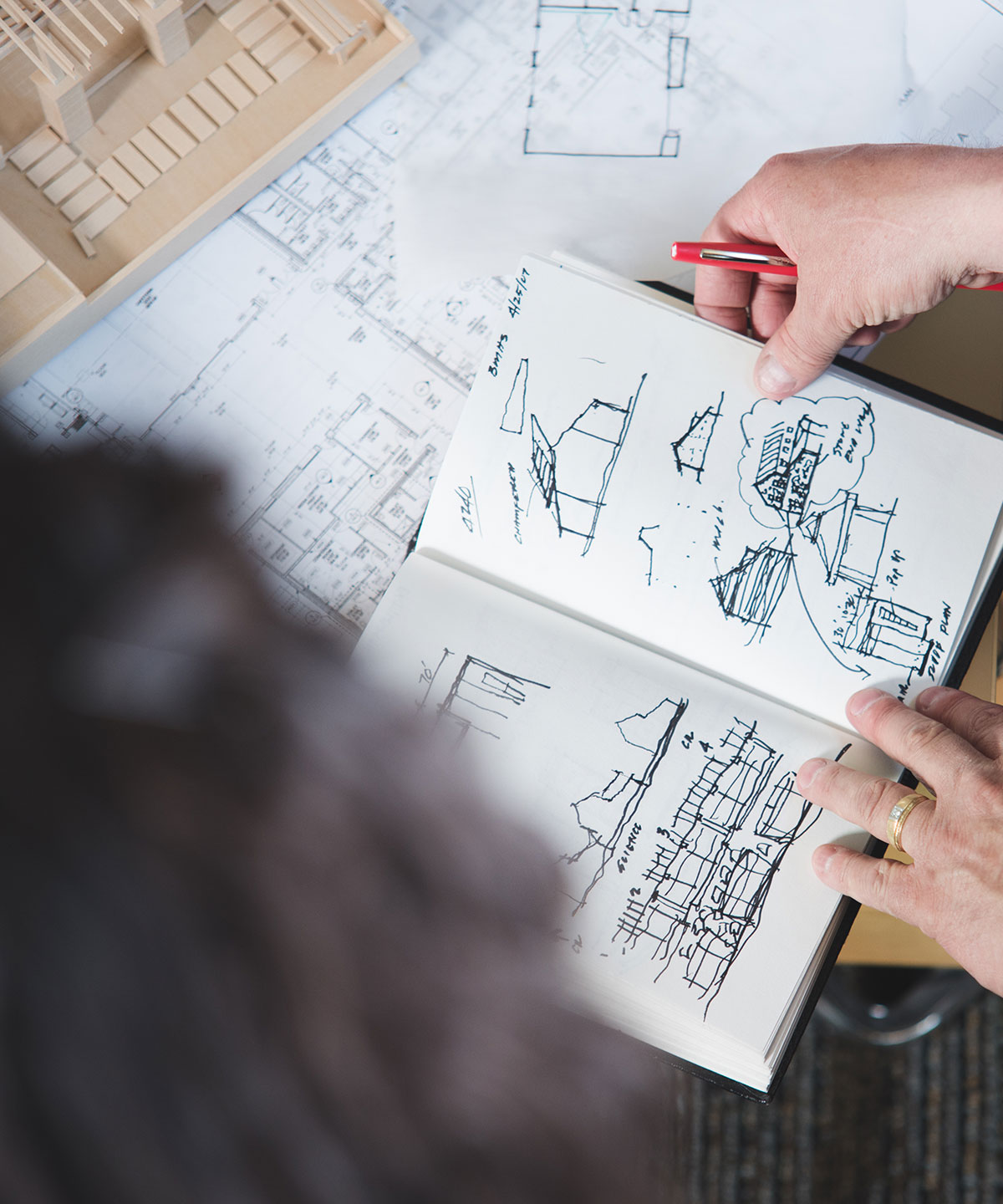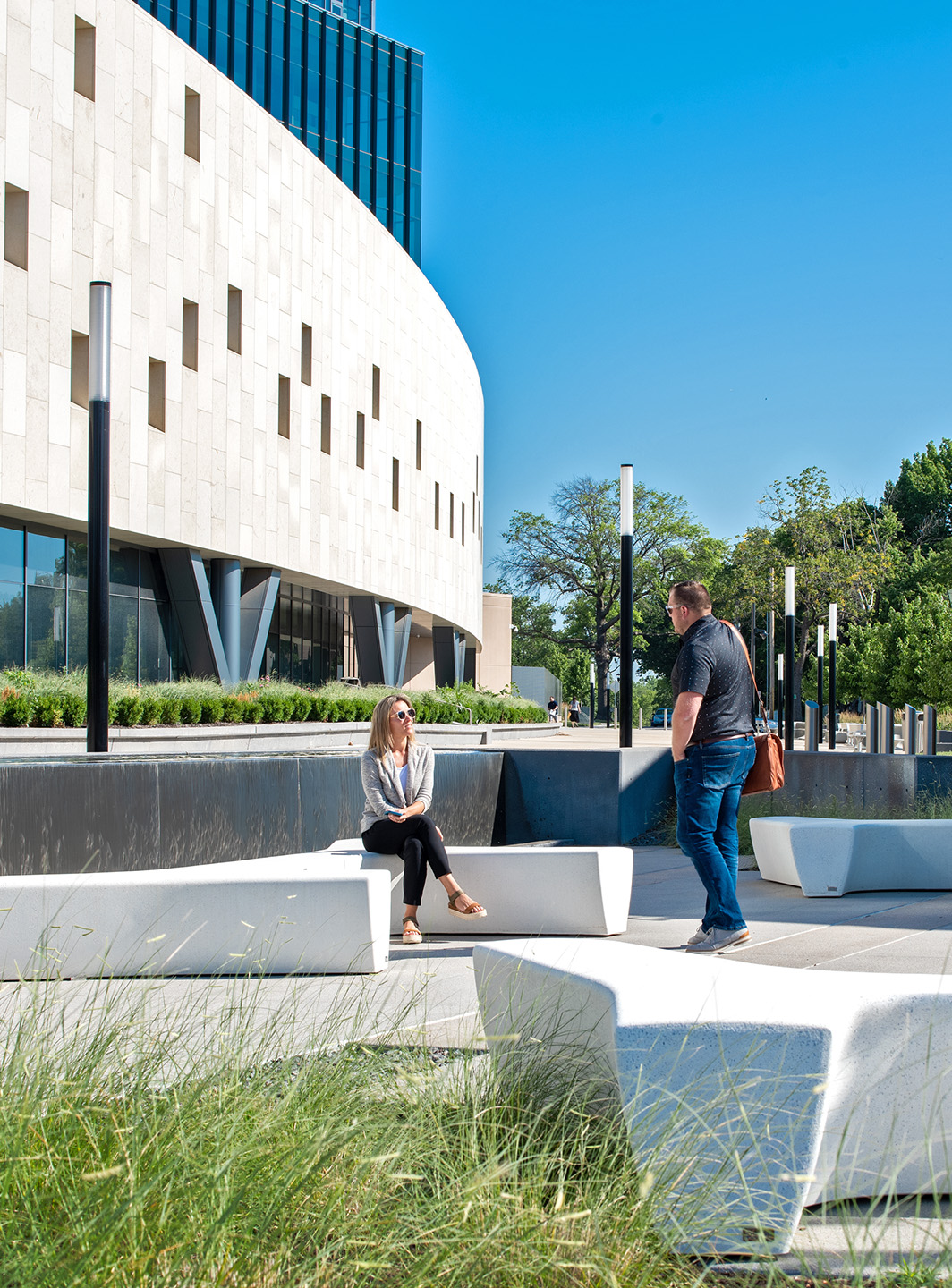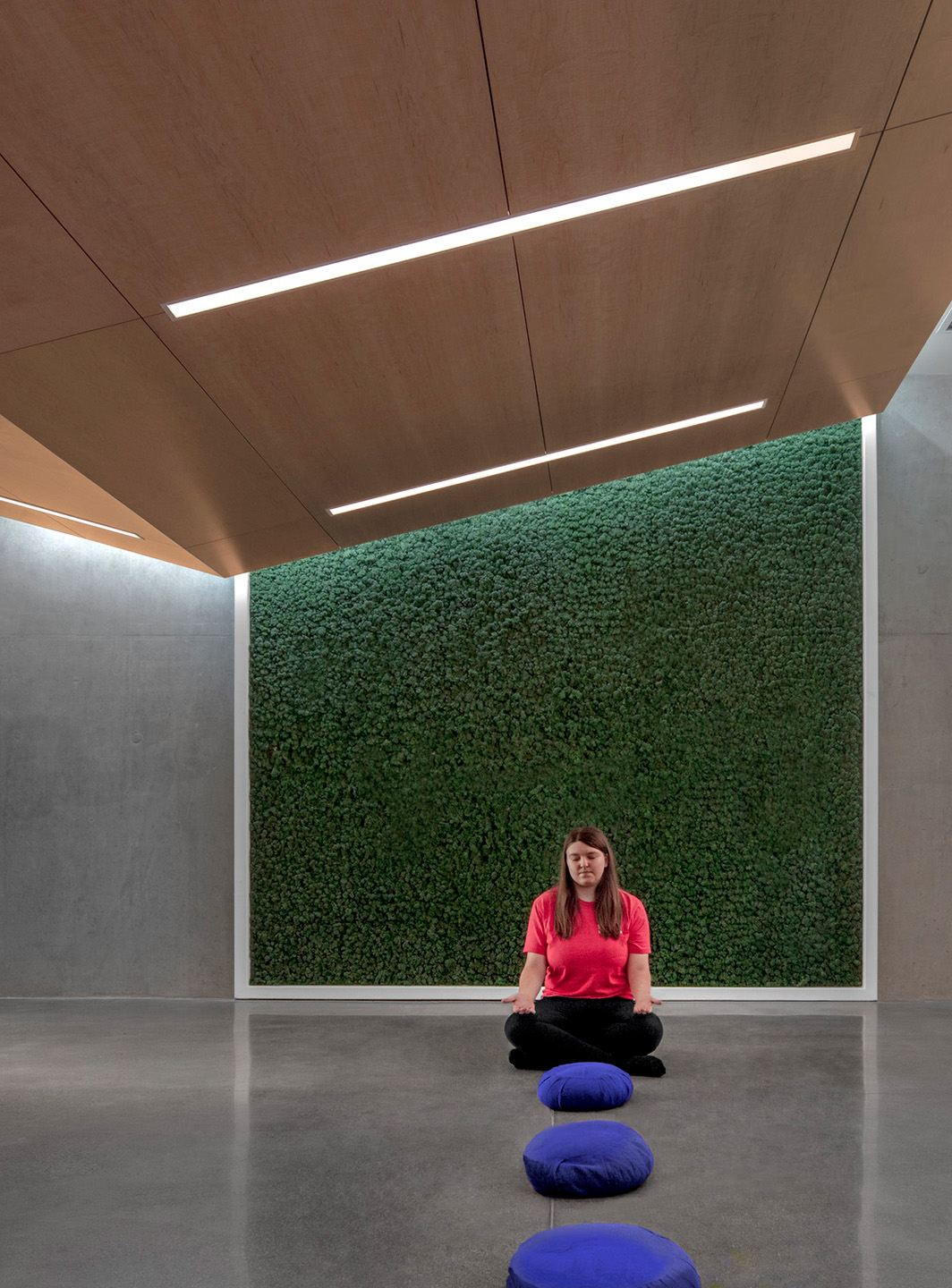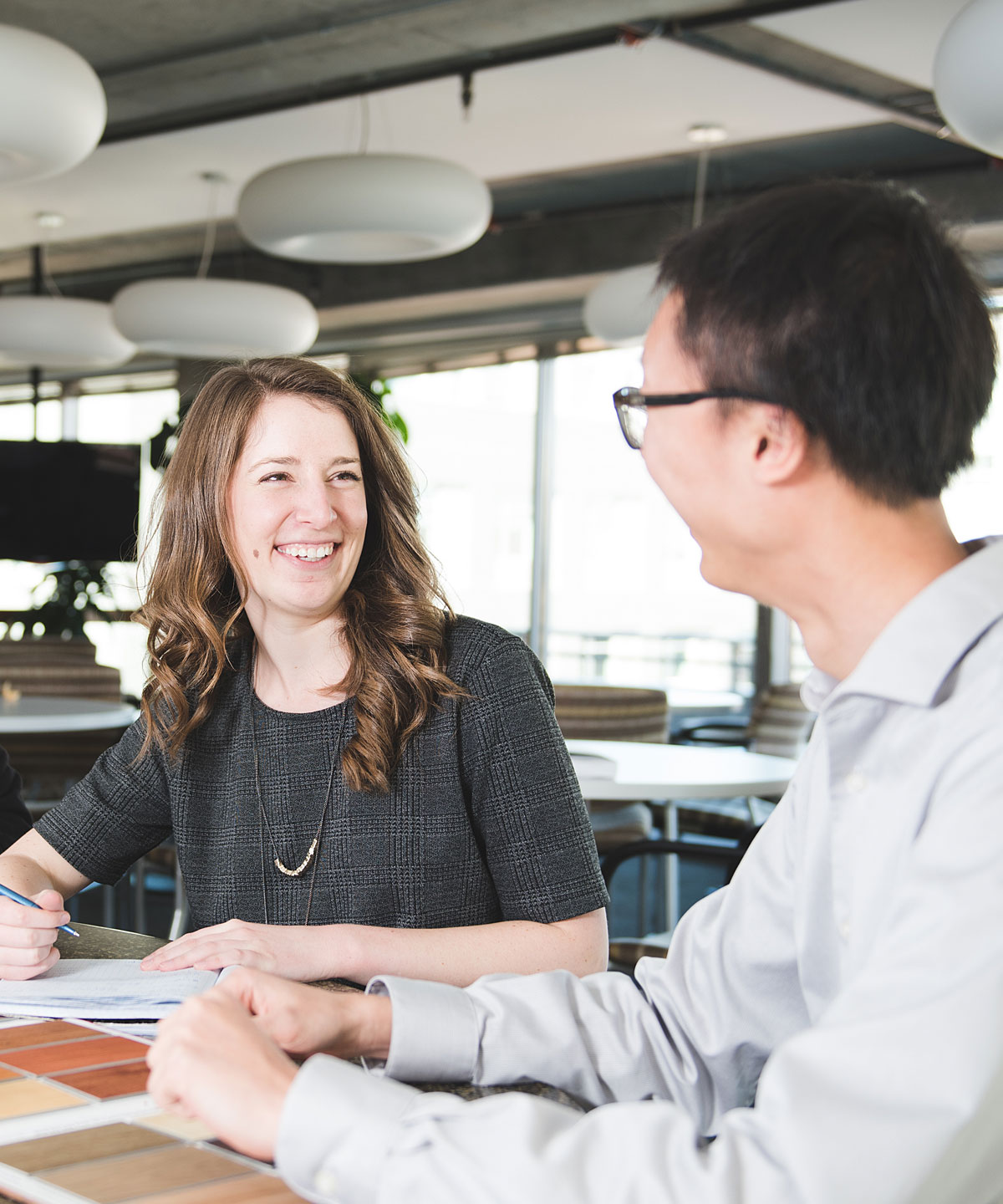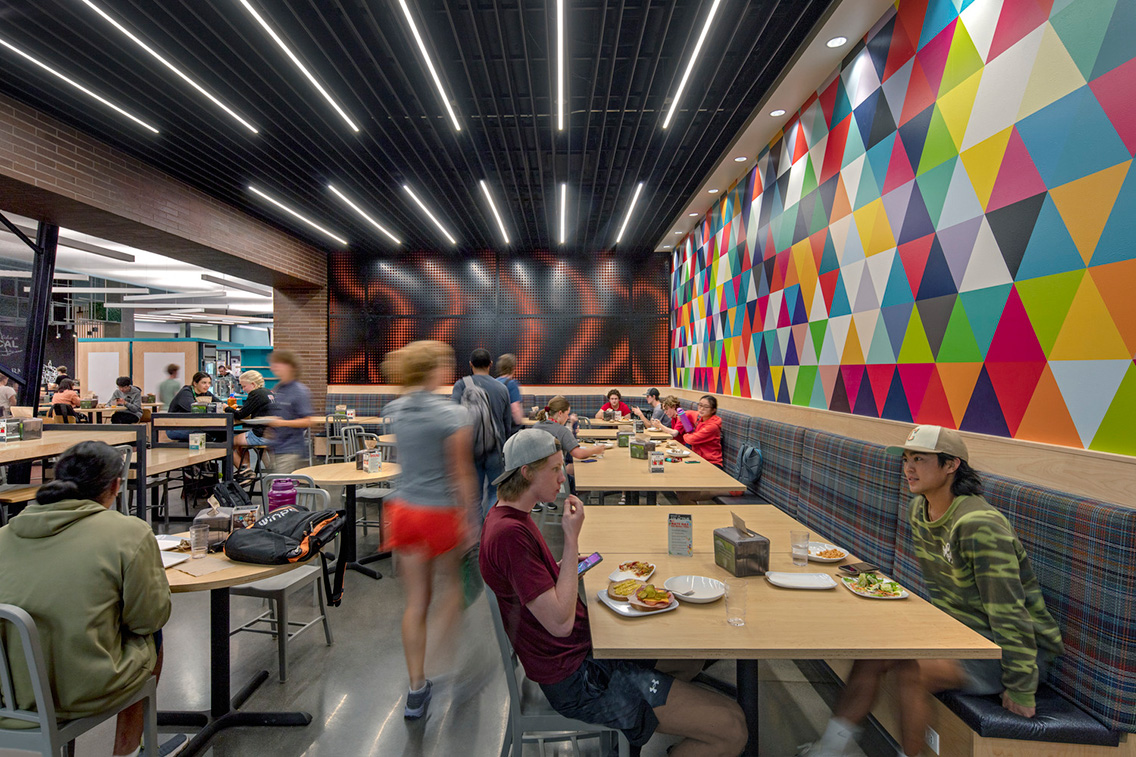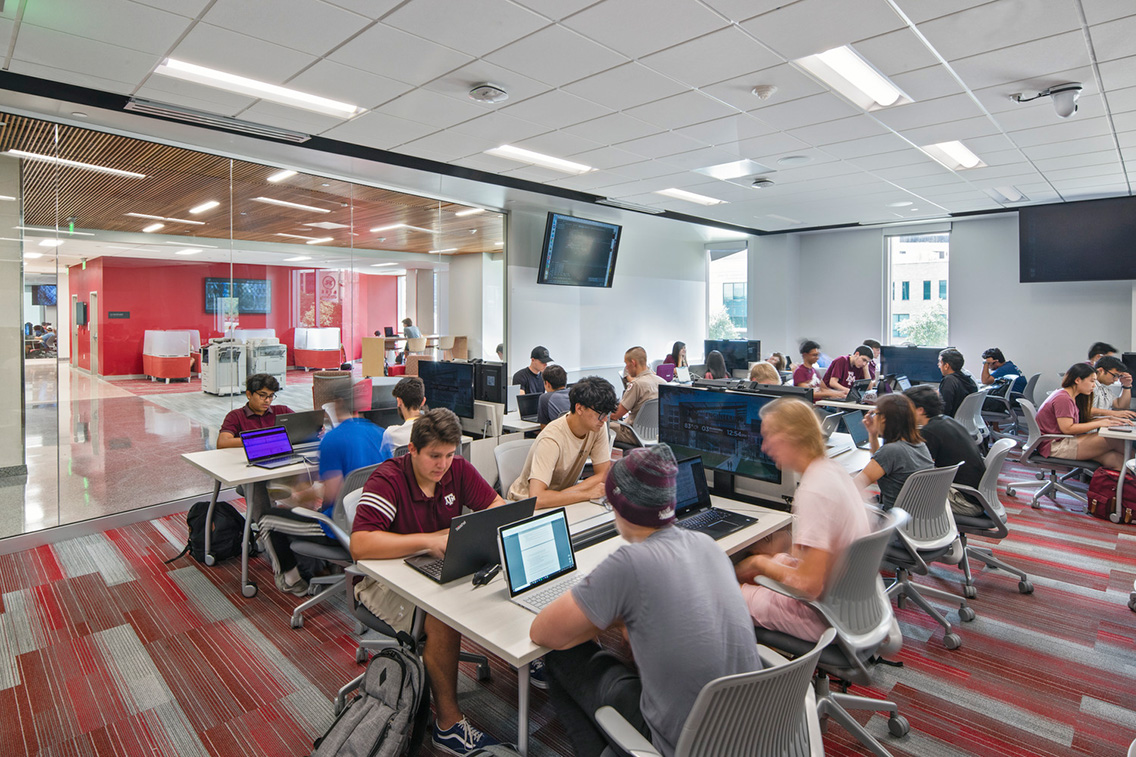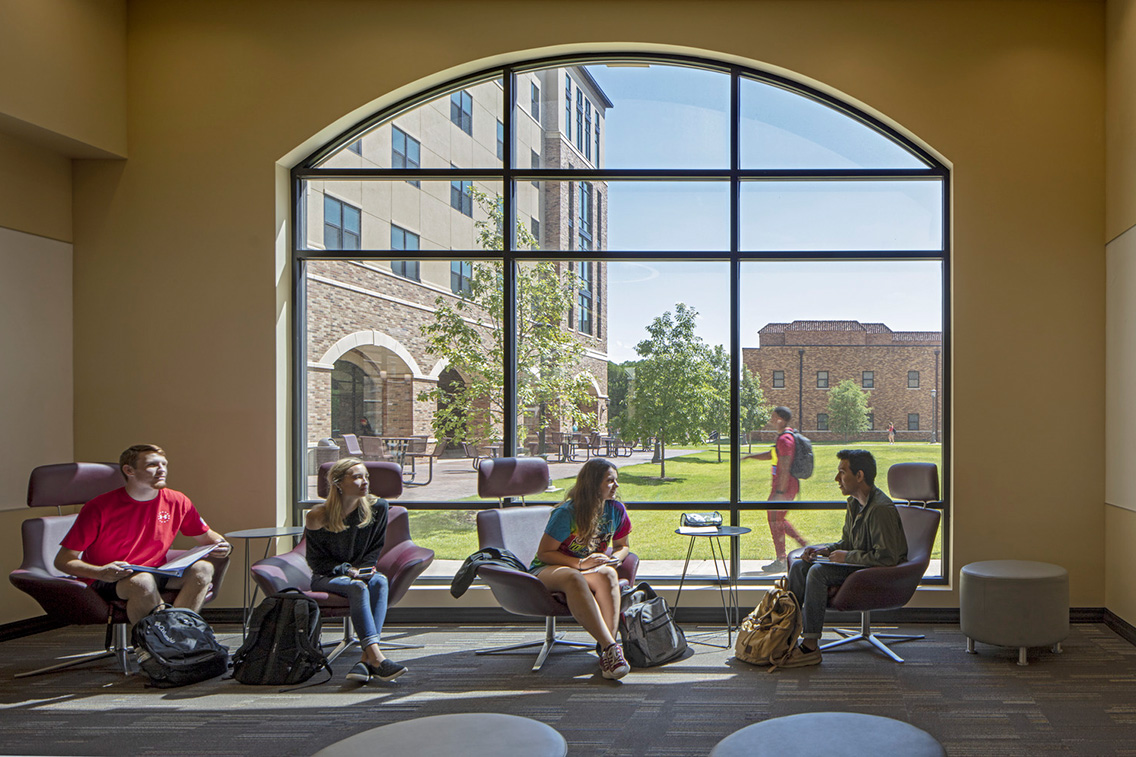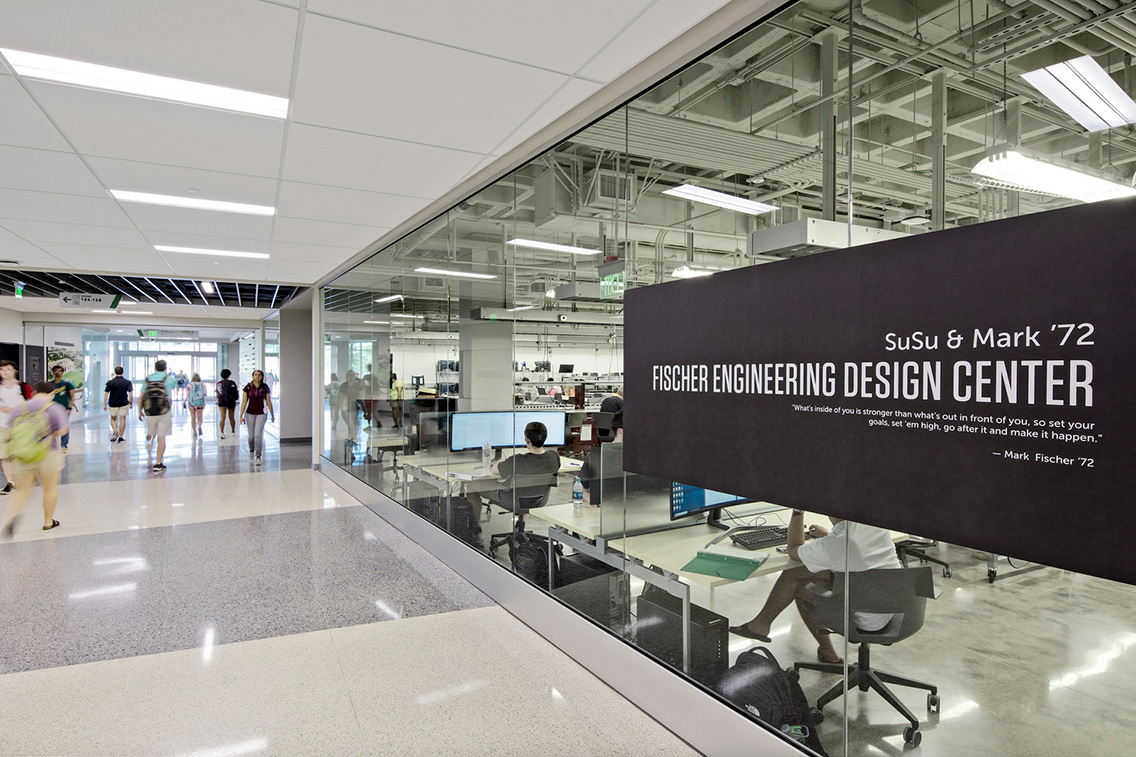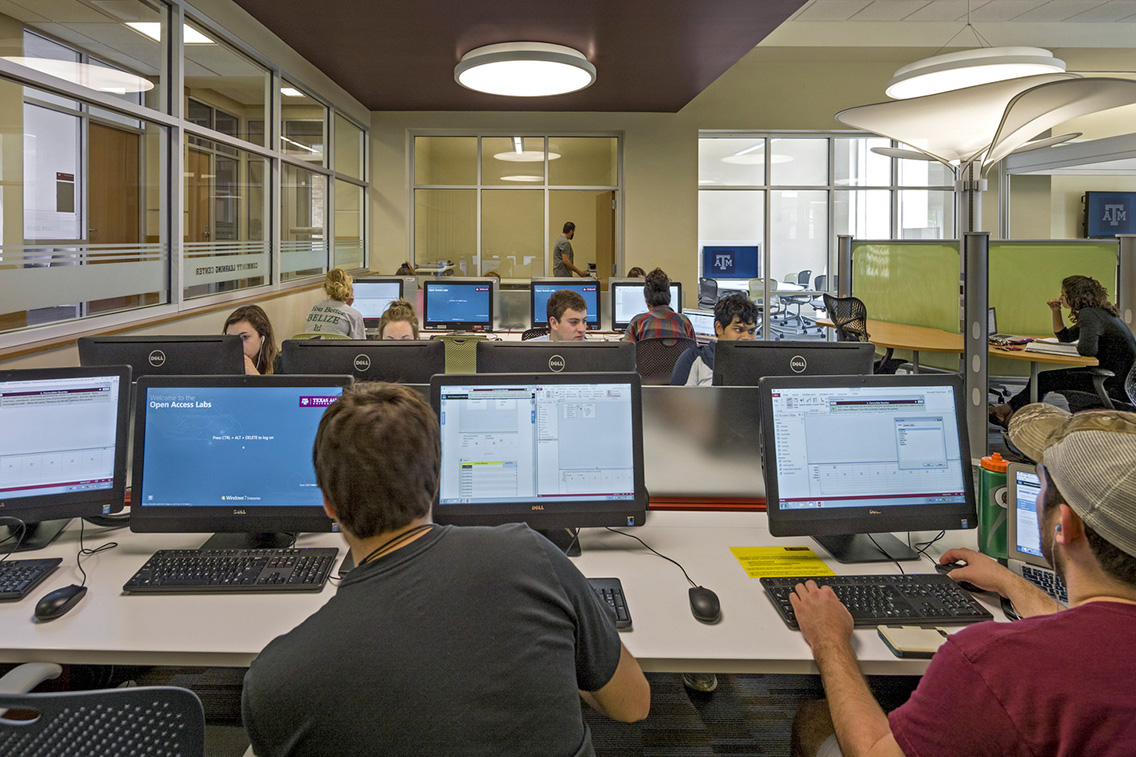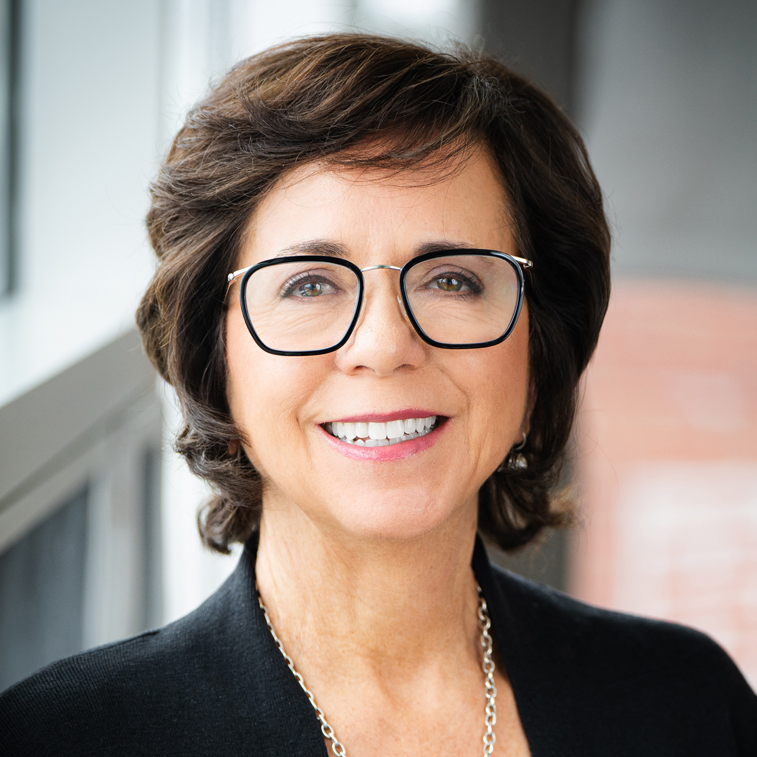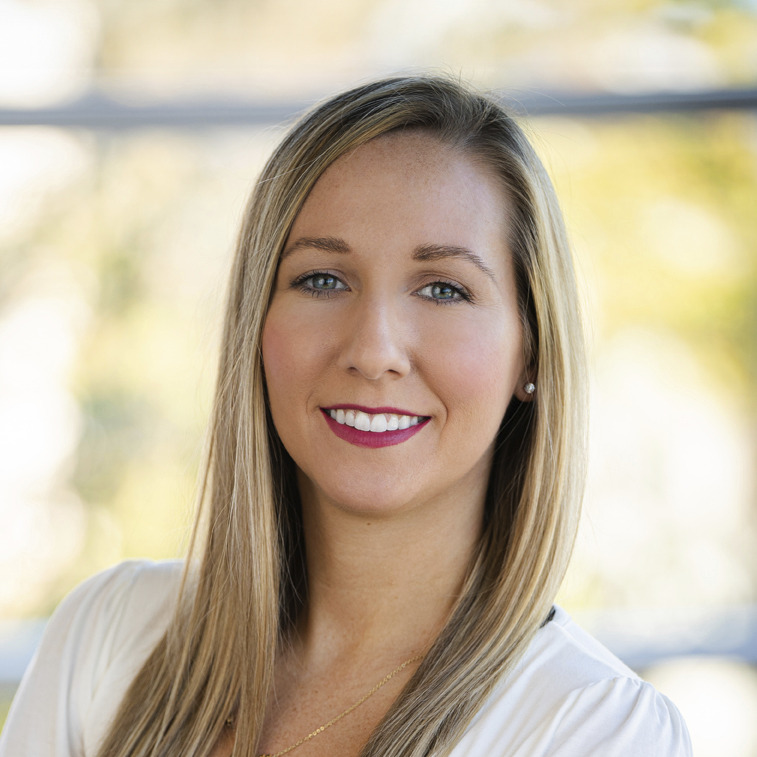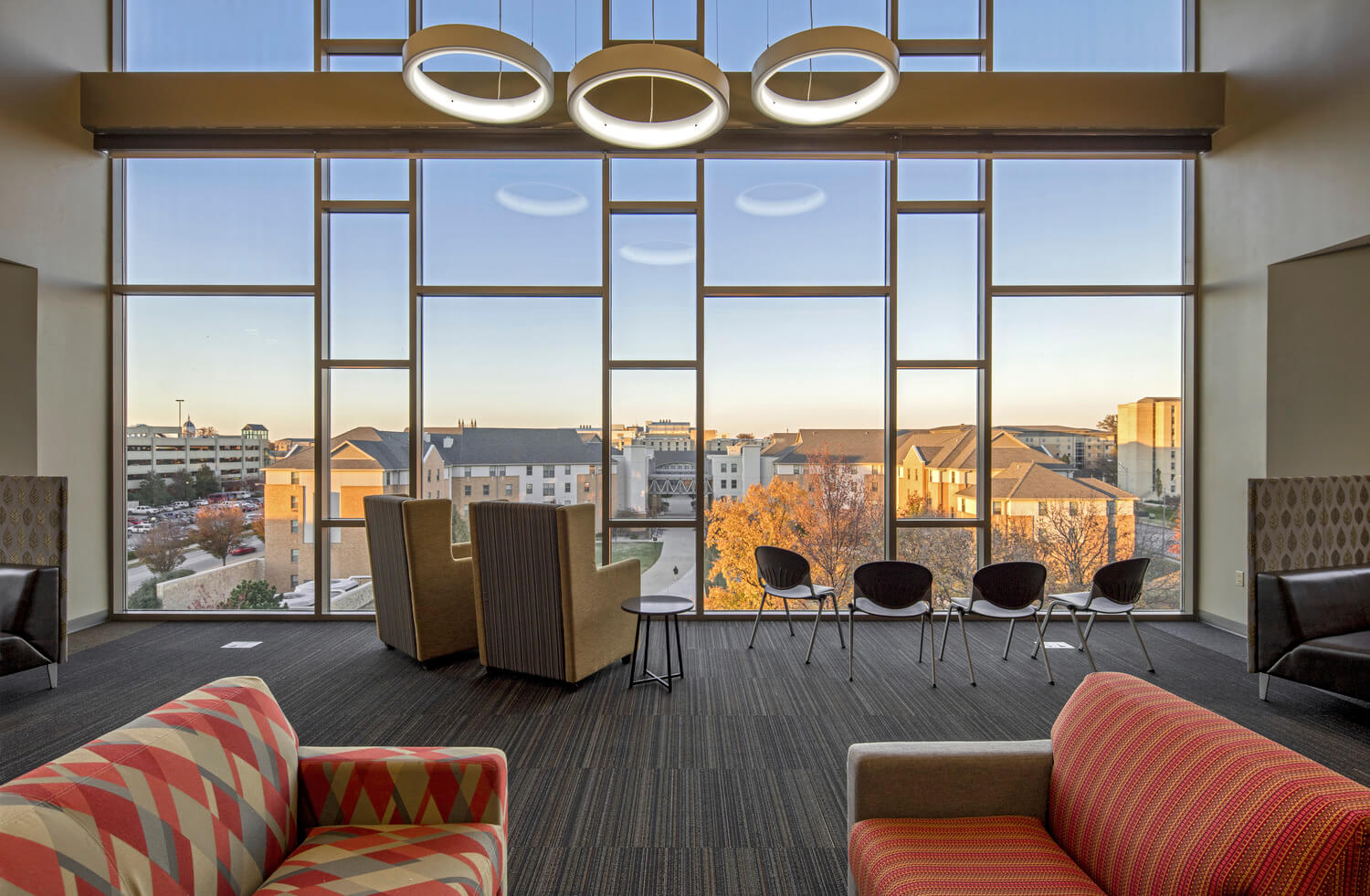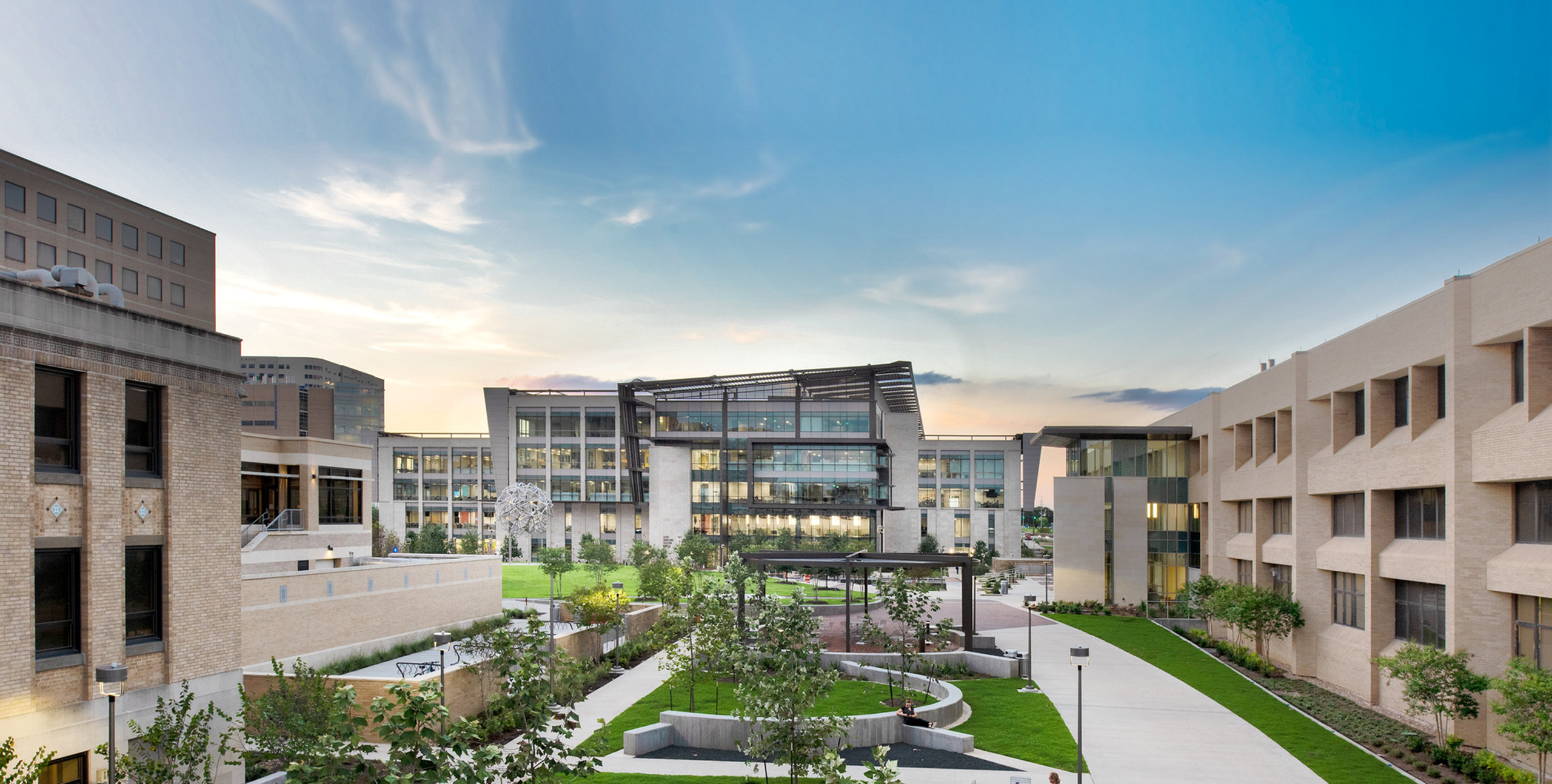Supporting student success through space design
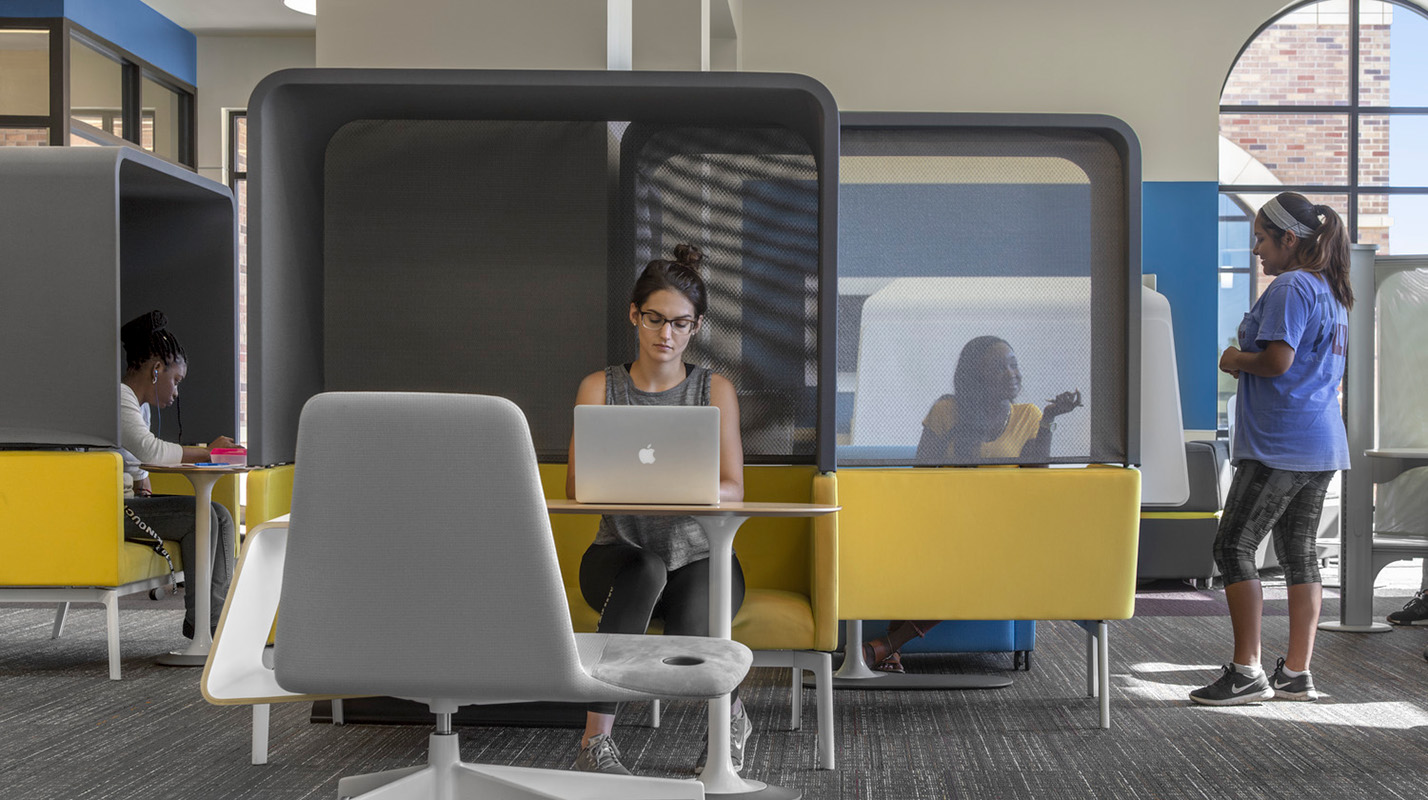
Listen to the episode
How campus environments help shape the student experience
We’ve all come to appreciate the physical places we use to socialize, learn, relax and ultimately go about our daily lives. For higher education students, the spaces they have access to can be critical to their education and growth as individuals. As design professionals, we wanted to talk about what these types of spaces are and how their design informs the intent, whether it be to tune in and socialize or tune out and study.
In this episode, we invited higher education clients to discuss the various spaces that support student success on their campuses. Treanor principals Tim Reynolds and Nadia Zhiri are joined by Caroline Bennett, Professor, Associate Chair and Director of Graduate Studies at the University of Kansas, and Matt Park, Associate Vice President of Student Affairs and Dean of Students at Midwestern State University.
“Space really sets the stage for what the baseline expectation or default interactions should be between faculty and students.”
Caroline Bennett, Professor, Associate Chair and Director of Graduate Studies at the University of Kansas
“If you use a space that is well-designed for the type of work you want to accomplish or the tone you want to establish, that’s a powerful thing,” says Caroline. “And when you’re using a space that’s not set up for that, it really can work against you.”
From classrooms and study areas to residence hall living-learning centers and student rooms, the way we design and furnish spaces matters. Caroline and Matt share their unique perspectives about ways their students rely on those spaces to grow academically and socially.
Ways to foster comfort, safety, and holistic wellbeing
During the episode, Matt and Caroline talk about the importance of balancing comfort with safety and security. Our design team also shares ways to provide both to students without overtaking the main purpose of those spaces.
“The place where someone lives, in their bedroom with their personal belongings, they certainly need to have a sense of safety and security in that setting,” says Matt. “But when I think about feelings of security, you know, my mind also goes toward areas of support,” says Matt. “Are we reflecting the diversity and uniqueness of our student bodies and our employees?”
According to Caroline, openness and visibility within a classroom building helps students feel more secure and connected to the environment. By seeing into labs and viewing the work going on within, they feel both more included and aware of what’s going on around them.
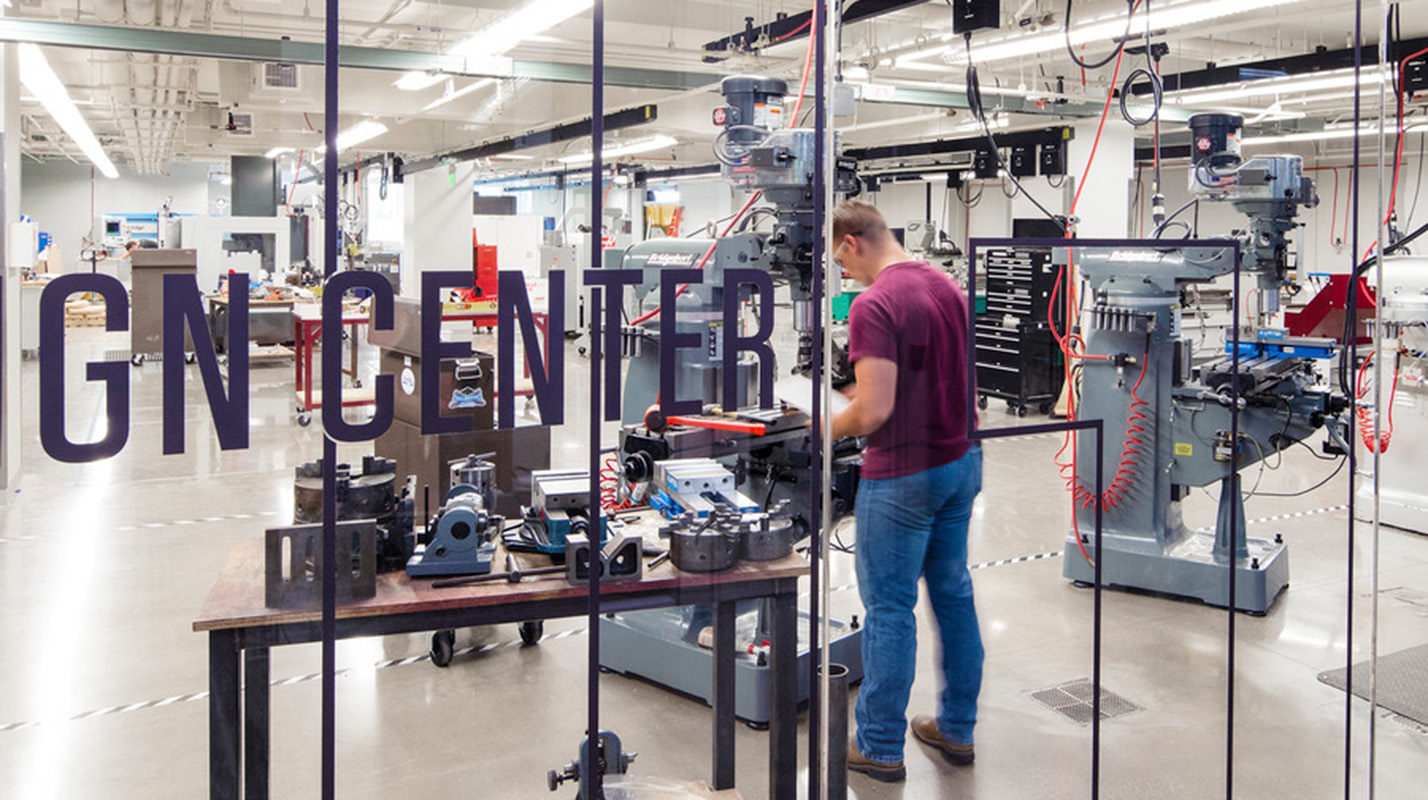
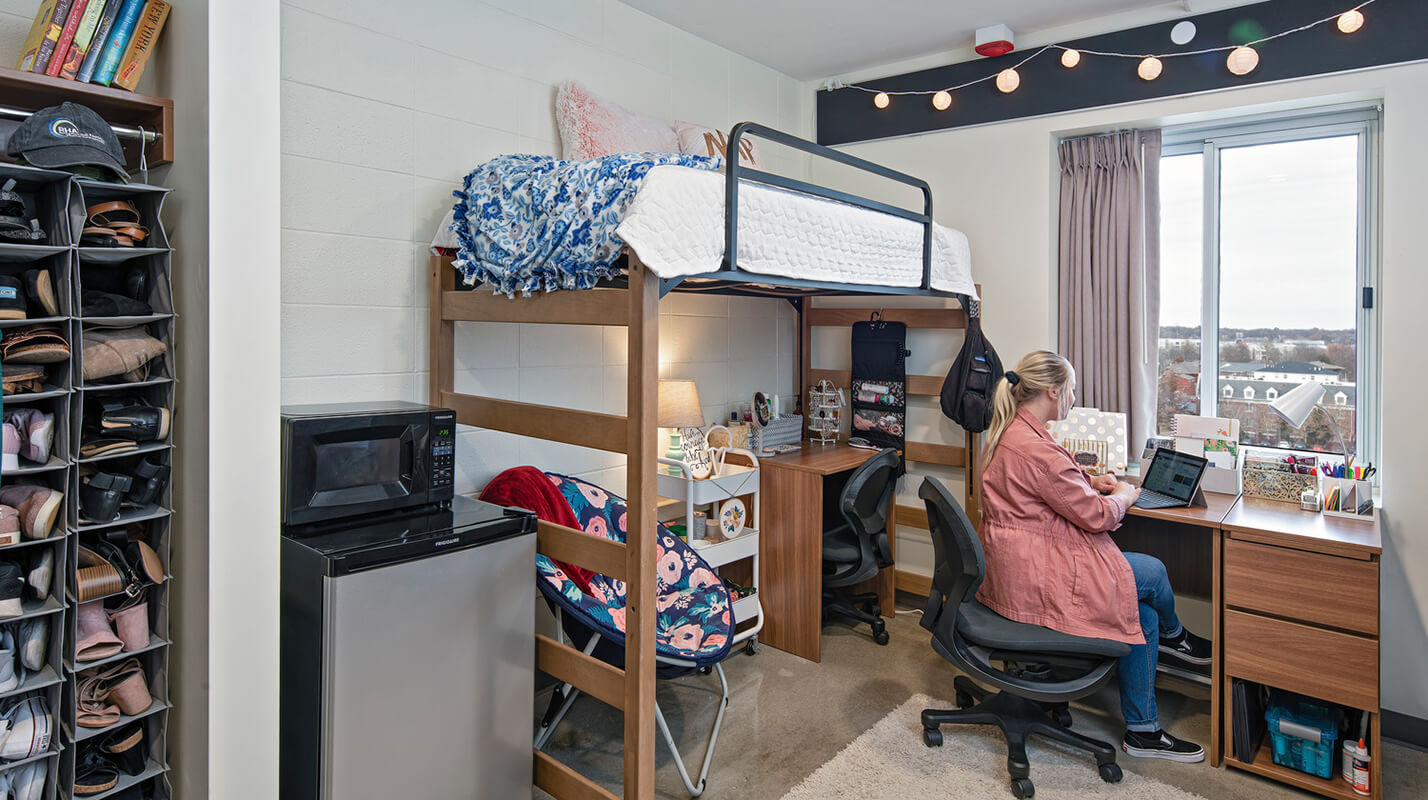
Our podcast guests also talk about the importance of flexibility to help make sure these facilities meet students’ needs both now and in the future. When we think comprehensively about what students will need throughout the years they spend on campus, that may change from the time they start classes to the time they graduate.
Listen to the full episode to learn more about real solutions we’ve helped our clients implement on their campuses.
Voices in this episode
Stay on the leading edge
Stay up to date on emerging trends, research, hot topics, and more delivered conveniently to your inbox.
"*" indicates required fields
